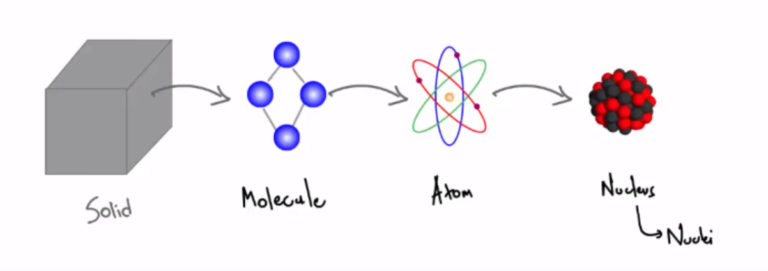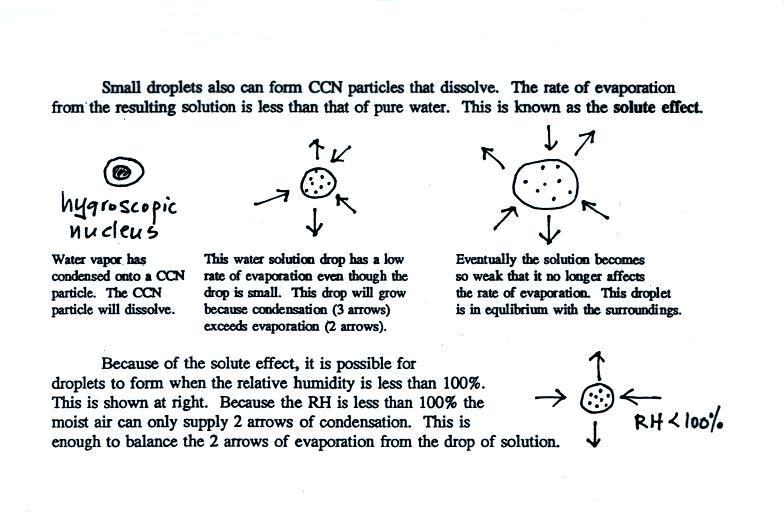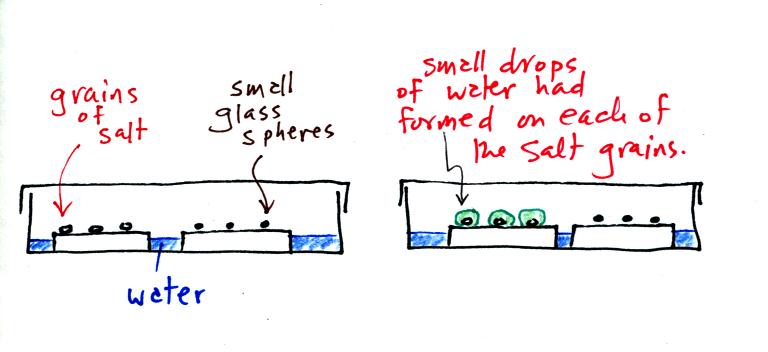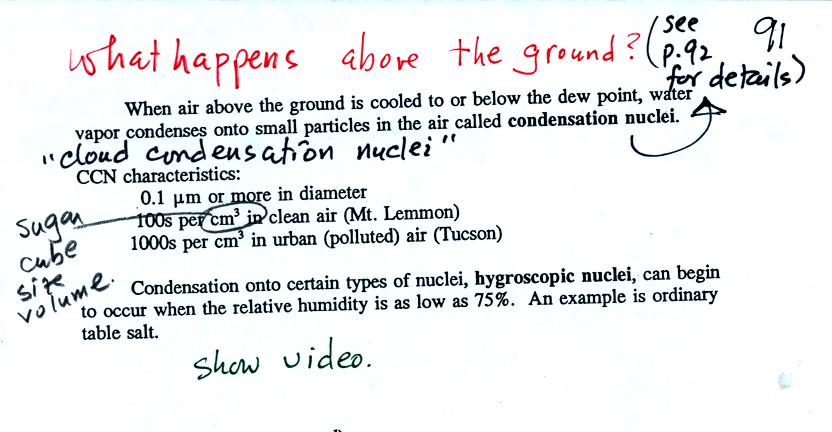30+ Hygroscopic Nuclei Water Molecules
Hygroscopic Nuclei Water Molecules. These nuclei are hygroscopic meaning they attract water molecules. Which below is considered an adiabatic.

Hygroscopic nuclei _____ water molecules. The british naturalist who is credited with being among the first to devise a classification of cloud types is. Hygroscopic nuclei generally refer to the small or the tiny droplets of aerosols around which the water after being evaporated in the form of water vapor rises upwards and condenses around the hygroscopic nuclei to form the larger clouds which give the rainfall at the end.
hublot pour porte de garage coulissante hansgrohe rain shower head harry potter gryffondor serpentard poufsouffle serdaigle indigo blue color code
Tue., Oct. 23 notes
All of the above are correct. Water vapor condenses on hygroscopic surfaces readily even when the relative humidity is considerably lower than 100 percent. Hygroscopic nuclei attract water vapor molecules. Can allow cloud droplets to form even if the relative humidity is less than 100%.

Hygroscopic nuclei _____ water molecules. Suppose you have air in a container. These nuclei are hygroscopic meaning they attract water molecules. There are two broad categories of condensation nuclei: Salt or sulphuric acid) can induce condensation in unsaturated air, e.g.

Hygroscopic nuclei _____ water molecules. Clouds exist in the atmosphere because of rising air. Which below is considered an adiabatic. These nuclei are hygroscopic meaning they attract water molecules. The most common way for air to be cooled in order that a cloud may form is by:

What are 3 types of condensation nuclei? Of the following cloud types, which one is coldest? There are two broad categories of condensation nuclei: Hygroscopic nuclei _____ water molecules. Hydrophobic nuclei repel water vapor molecules.

Water vapor condenses on hygroscopic surfaces readily even when the relative humidity is considerably lower than 100 percent. The air is free of any microscopic solid particles. There are two broad categories of condensation nuclei: All of the above are correct. Hygroscopic nuclei _____ water molecules.

Condensation begins on hygroscopic nuclei at a relative humidity under 100%. There are two broad categories of condensation nuclei: Tiny particles of matter that have a special chemical affinity for water molecules. All of the above are correct. Hygroscopic nuclei are important because they allow drop growth by condensation and deposition to occur at a relative humidity of less than.

The size of nuclei may be from 0.001μm to more than 10μm (i.e. The relative humidity within a cloud is _____ 100 percent. Hygroscopic nuclei are “water seeking” nuclei. Tiny particles of matter that have a special chemical composition for water molecules such that condensation may begin on these nuclei at relative humidity less than 100%. There are two broad.

Hygroscopic nuclei generally refer to the small or the tiny droplets of aerosols around which the water after being evaporated in the form of water vapor rises upwards and condenses around the hygroscopic nuclei to form the larger clouds which give the rainfall at the end. Many condensation nuclei are hygroscopic, meaning that they attract water vapor, and some are.